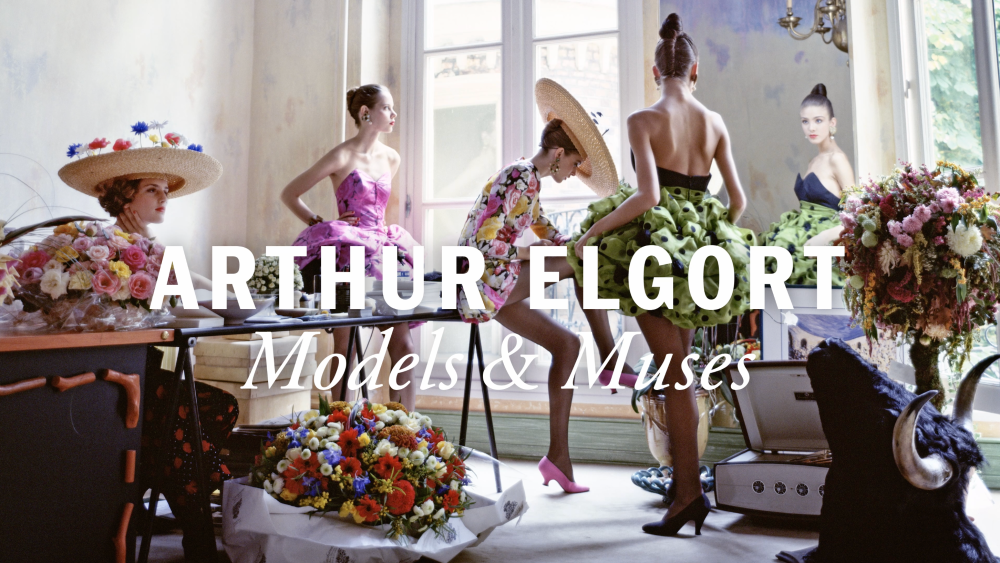I never thought I’d be the person judging others by their cargo shorts, but there I was at my twentieth high school reunion, watching Brad from homeroom adjust his puka shell necklace while discussing his glory days as quarterback. It struck me then that fashion isn’t just about clothes—it’s a time capsule of when we felt most ourselves, most powerful, most seen.
We’ve all heard the clichés about people who peaked in high school: they’re stuck in the past, unable to evolve, desperately clinging to their teenage glory. But after years of observing these patterns, I’ve come to understand something deeper. These fashion choices aren’t just about bad taste or arrested development—they’re about comfort, identity, and the human tendency to anchor ourselves to moments when we felt most alive.
What follows isn’t a cruel inventory of fashion faux pas, but rather an exploration of why certain people cling to specific styles long after they’ve left the mainstream. Through understanding these eleven outdated trends, we might better understand ourselves and our own attachments to the past.
1. The Eternal Puka Shell Necklace
Nothing screams “2003 was my year” quite like the puka shell necklace. I used to mock these remnants of surf culture worn by landlocked Midwesterners, but then I met Tom at a conference last year. He still wore his, faded and authentic, purchased during a high school trip to Hawaii where he’d learned to surf and fallen in love for the first time.
The puka shell necklace represents more than just questionable accessory choices. For many who still wear them, they’re talismans of a time when life felt infinite, when spring break meant freedom rather than checking work emails from the beach. They’re worn by people who experienced pure, uncomplicated joy at seventeen and have been chasing that feeling ever since.
I’ve noticed these necklaces most often on men who were popular in high school—the ones who dated the prettiest girls, who threw the best parties, who seemed to have life figured out before the rest of us had even started. Now, approaching forty, that necklace is their anchor to a time when they knew exactly who they were.
2. Low-Rise Jeans with Visible Thong Straps
At my cousin’s wedding last summer, I spotted Sarah from my graduating class. She wore low-rise jeans that exposed both her hip bones and the telltale elastic of a thong—a look that dominated our high school hallways circa 2002. My initial reaction was secondhand embarrassment, but as the night progressed, I understood something else entirely.
Sarah had been the girl everyone wanted to be in high school. She’d perfected the art of the visible thong before any of us even knew it was a thing, pairing it with butterfly clips and body glitter for school dances. Now, while the rest of us hide beneath high-waisted everything, she maintains this glimpse of rebellion, this hint of the sexual confidence that once made her legendary.
The low-rise jean represents a specific kind of body confidence that peaked in the early 2000s—one that required a flat stomach, a certain carelessness about others’ opinions, and the belief that showing skin was always empowering. Those who still wear them aren’t just behind on trends; they’re holding onto a time when their bodies were currency and they were rich.
3. Cargo Shorts in Every Season
My brother-in-law wears cargo shorts to Thanksgiving dinner, to school board meetings, to his daughter’s piano recital in December. He has them in khaki, olive, black, and inexplicably, camouflage. When I finally asked him about it, his answer surprised me: “These are the same brand I wore in high school. They still fit.”
The cargo short is perhaps the most mocked item of male clothing, yet its persistence reveals something profound about masculine identity formation. For men who peaked in high school, these shorts represent a time when practicality trumped aesthetics, when having pockets for everything meant being prepared, being the guy others could count on.
I’ve observed that cargo short devotees often share similar stories: they were the responsible ones in high school, the designated drivers, the ones who always had extra pens, gum, or phone chargers. Their cargo shorts were tools of their social position, and abandoning them would mean abandoning that identity of being needed, useful, prepared.
4. Abercrombie & Fitch Logos Everywhere
At a recent professional development workshop, I couldn’t help but notice Mark still wearing an Abercrombie & Fitch polo, its moose logo faded but unmistakable. The same brand that once gatekept coolness through overwhelming cologne and shirtless models now seemed almost quaint, yet Mark wore it with the same pride he had twenty years ago.
The visible logo trend of the early 2000s wasn’t just about fashion—it was about belonging. These brands created entire identities, complete with soundtracks, smells, and social hierarchies. Those who still wear them aren’t just unstylish; they’re nostalgic for a time when identity could be purchased and worn, when belonging was as simple as saving up for the right polo.
I’ve found that people who still prominently display these old logos often describe high school as the last time they felt part of something bigger. Before careers scattered everyone, before social media made everything performative, there was something honest about declaring your tribe through a strategically placed moose or seagull.
5. Popped Collars (Sometimes Multiple)
The popped collar might be the most immediately recognizable symbol of early 2000s privilege, yet at my high school reunion, no fewer than five men still sported this look. One even layered two polos—pink over green—in a display that would have been the height of prep fashion in 2004.
What I initially read as obliviousness, I now understand as defiance. The popped collar was never just about fashion; it was about signaling membership in an exclusive club. These men aren’t unaware that styles have changed—they’re actively choosing to maintain the symbols of their social peak, when lacrosse sticks and country club memberships meant something.
The multiple popped collar, in particular, speaks to a specific moment in high school social dynamics when more was more, when excess indicated success. Those who still pop their collars are holding onto a time when their social position was clear, unquestioned, and came with a dress code.
6. Von Dutch Trucker Hats
Last month, I saw my old lab partner wearing a Von Dutch trucker hat to drop off his kids at school. The same hat he’d worn religiously in 2003, now faded and curved with age. When other parents stared, he seemed oblivious, lost in whatever early 2000s playlist was undoubtedly streaming through his AirPods.
The Von Dutch phenomenon was about more than just questionable headwear—it was about being part of a cultural moment that felt revolutionary. Trucker culture meeting high fashion, Ashton Kutcher making mesh caps cool, Paris Hilton elevating gas station fashion to art. Those who still wear these hats aren’t just outdated; they’re monuments to a time when fashion felt fun, irreverent, accessible.
I’ve noticed that Von Dutch holdouts often share stories about high school road trips, about driving with the windows down listening to pop-punk, about feeling like they were part of something new and exciting. The hat isn’t just an accessory; it’s a portal to eighteen-year-old freedom.
7. Velour Tracksuits
At the grocery store last week, I recognized Amanda immediately—not by her face, which had matured beautifully, but by her pink Juicy Couture tracksuit, complete with rhinestone-studded “Juicy” across the back. She wore it with the same confidence she had in 2003, when she was voted “Best Dressed” in our yearbook.
The velour tracksuit occupied a unique position in early 2000s fashion: it was simultaneously casual and expensive, athletic and glamorous. It democratized luxury in a way that made teenage girls feel like celebrities. Those who still wear them aren’t just behind the times; they’re holding onto a moment when comfort and status coexisted perfectly.
What strikes me most about the velour tracksuit survivors is their unapologetic femininity. In an era of minimalism and “quiet luxury,” they maintain their commitment to visible
What’s Your Plant-Powered Archetype?
Ever wonder what your everyday habits say about your deeper purpose—and how they ripple out to impact the planet?
This 90-second quiz reveals the plant-powered role you’re here to play, and the tiny shift that makes it even more powerful.
12 fun questions. Instant results. Surprisingly accurate.


